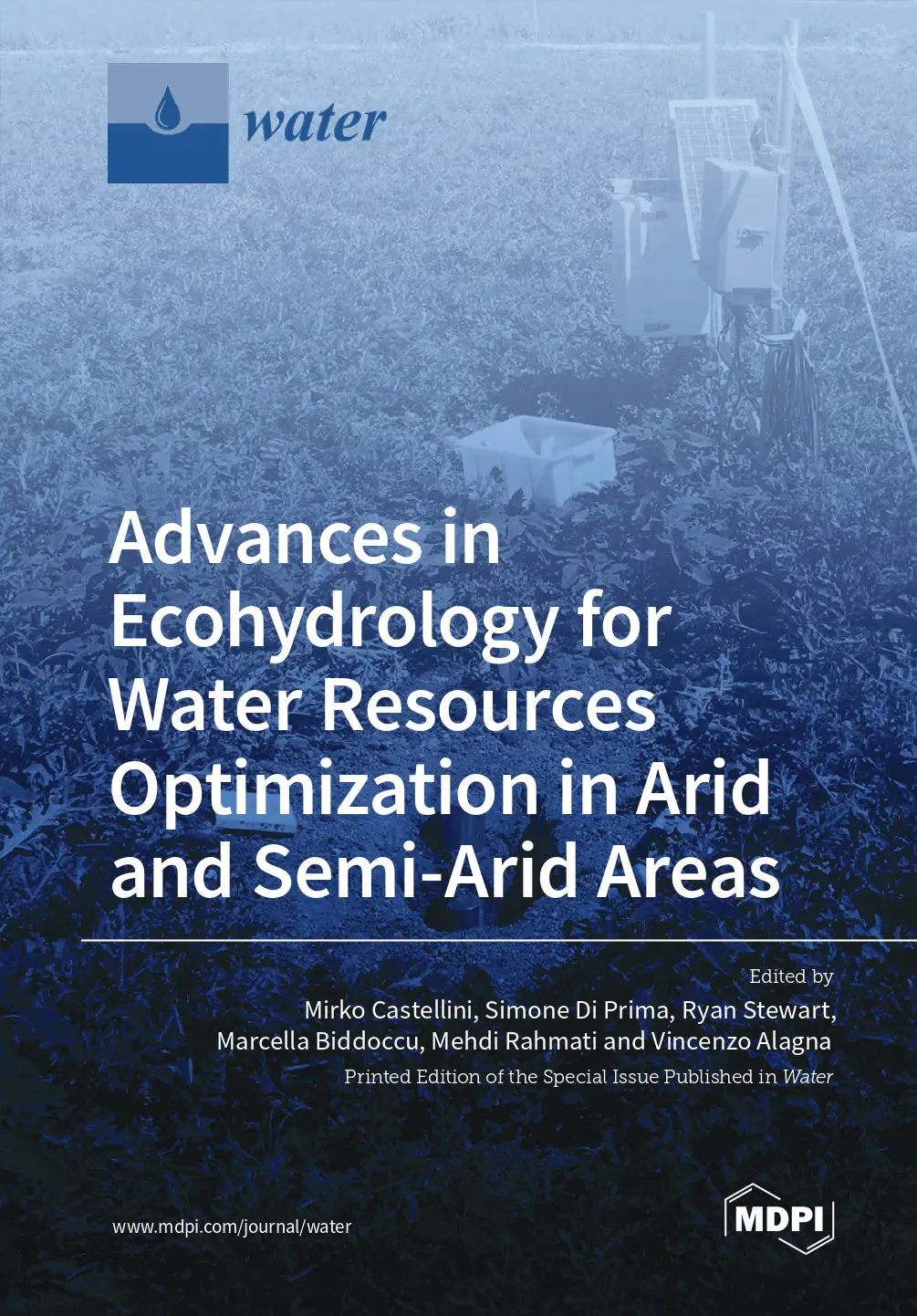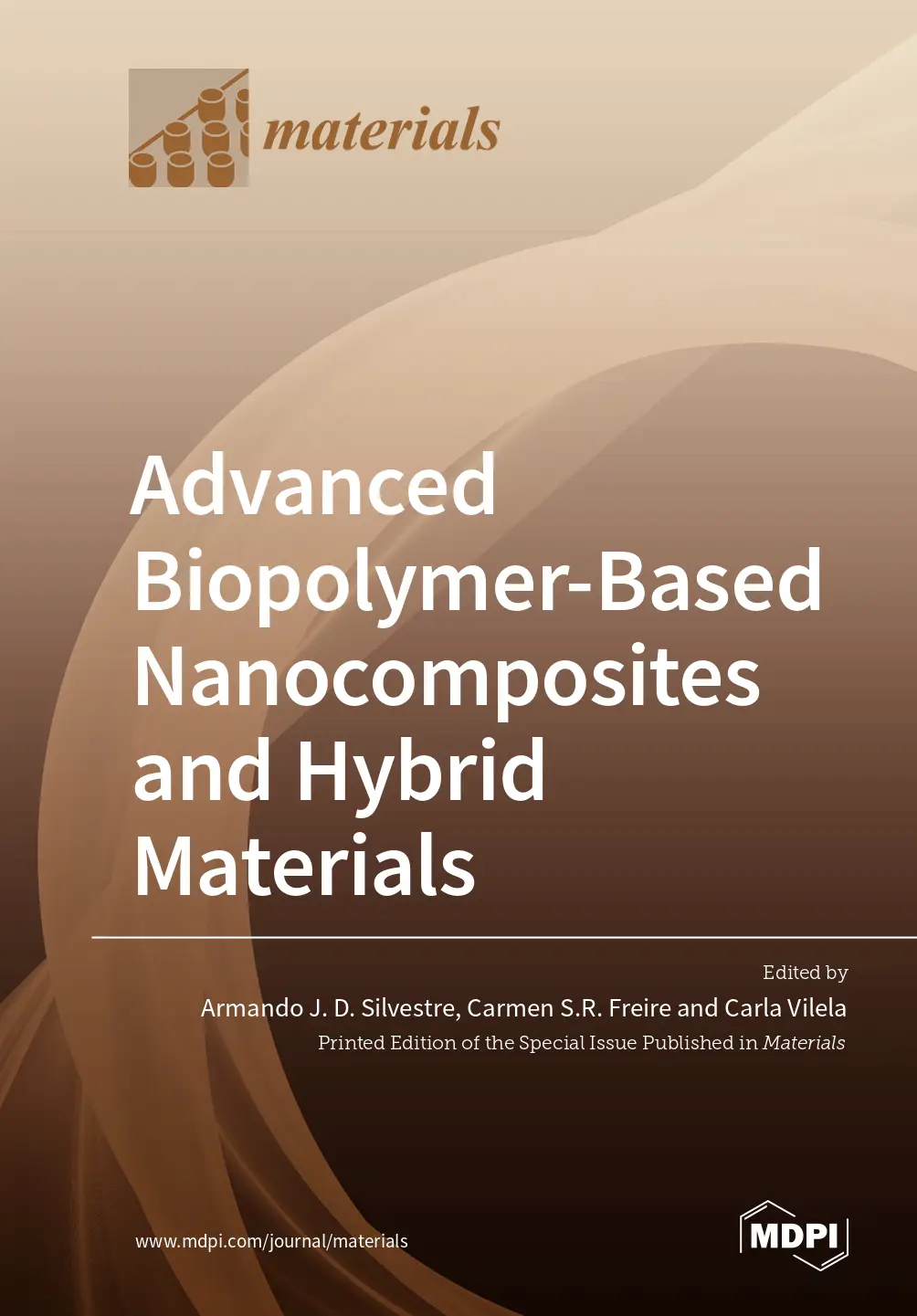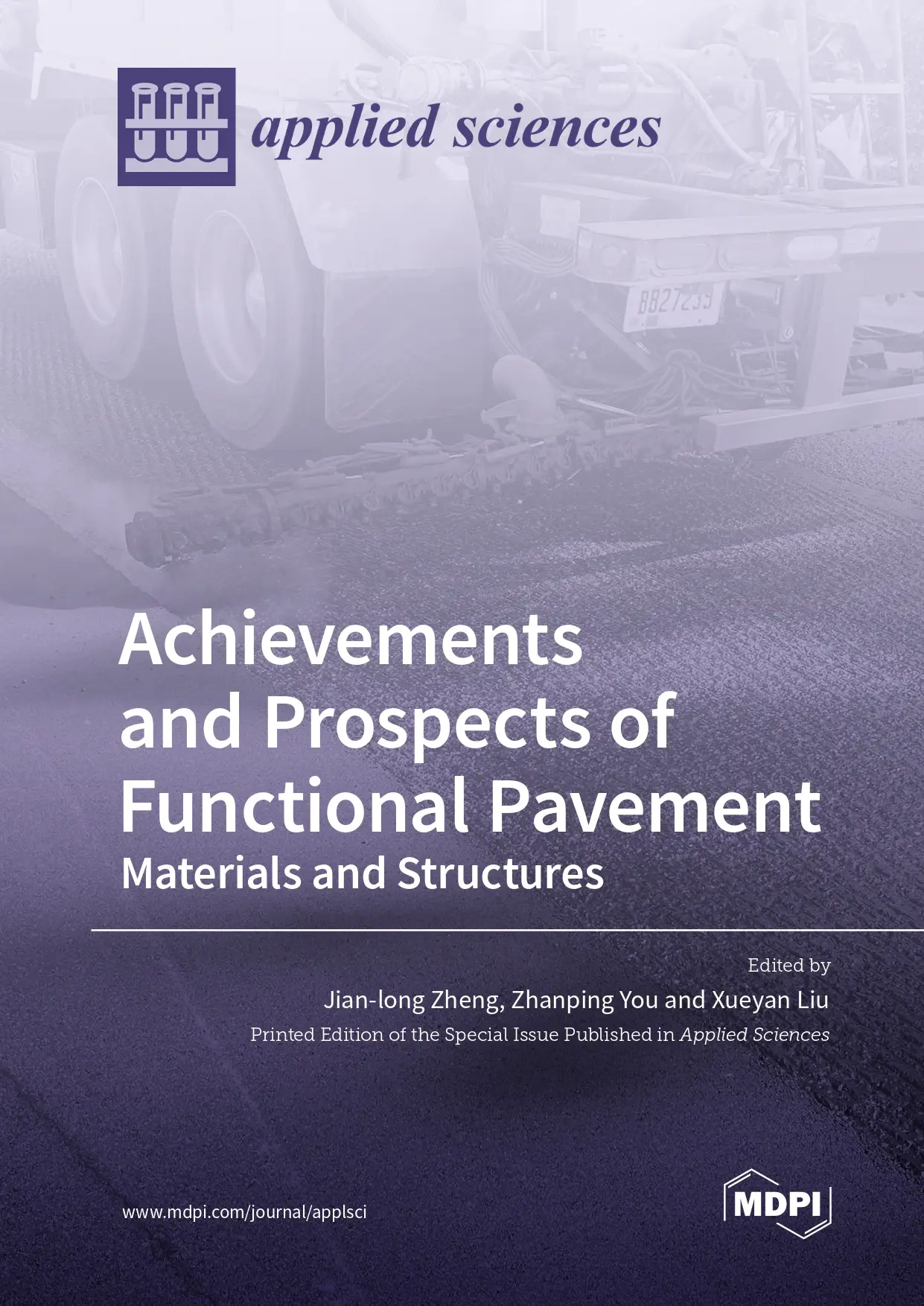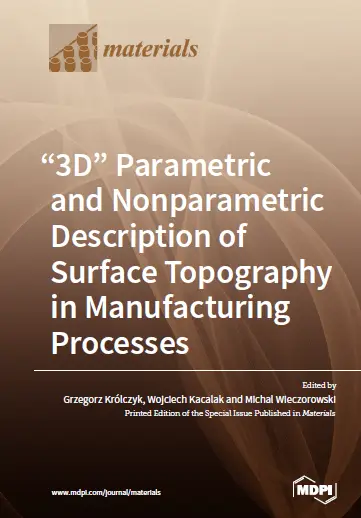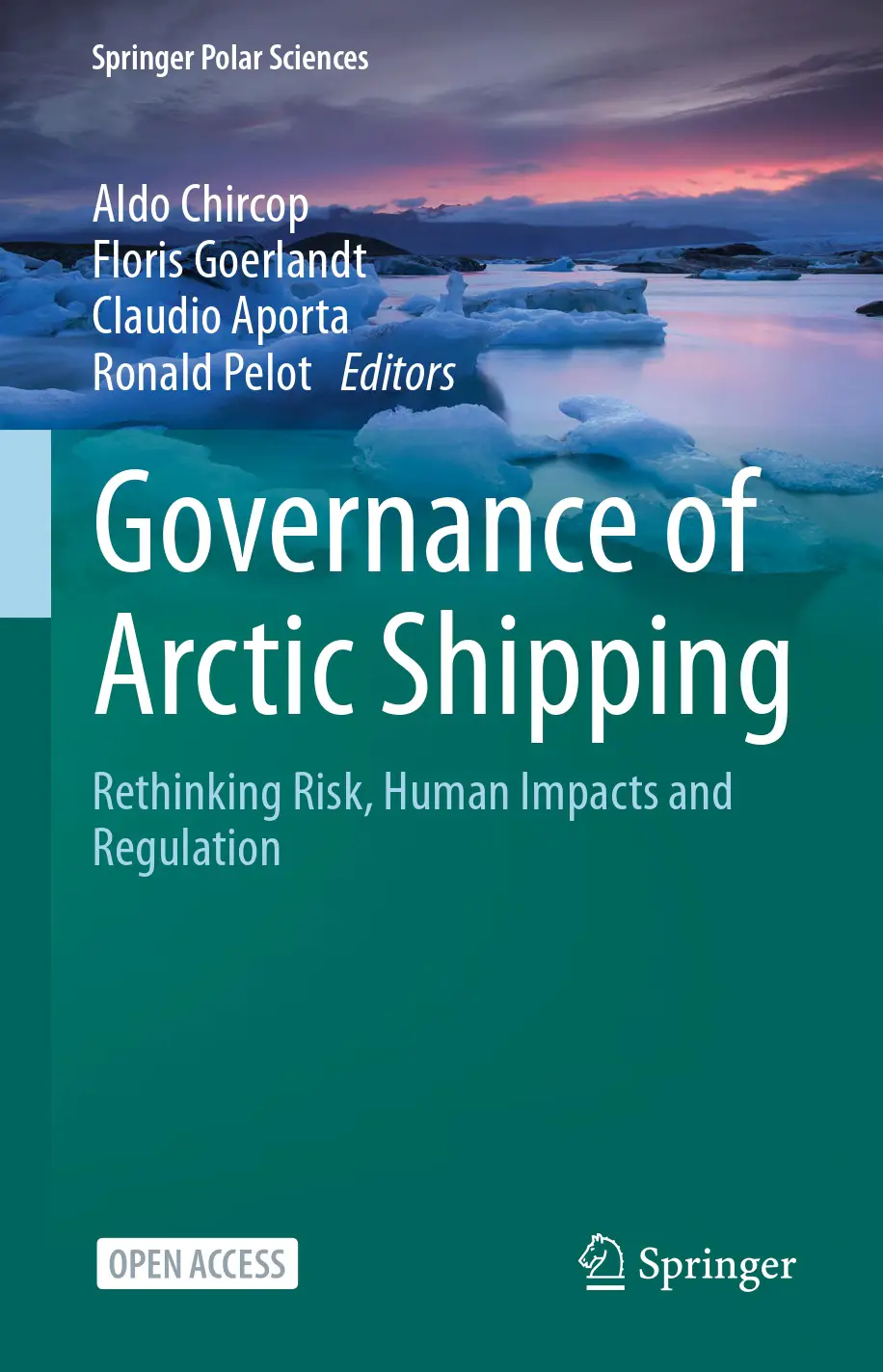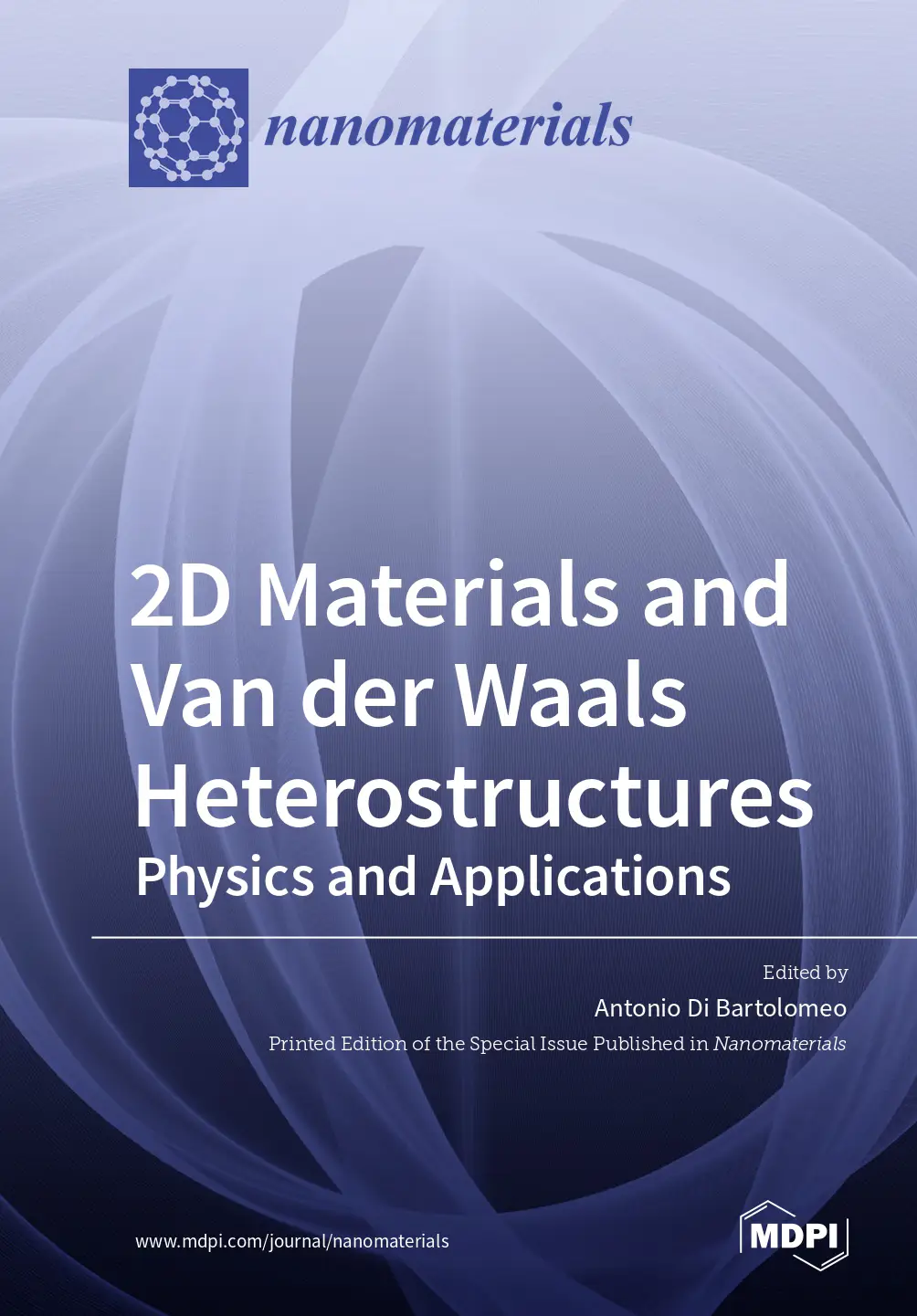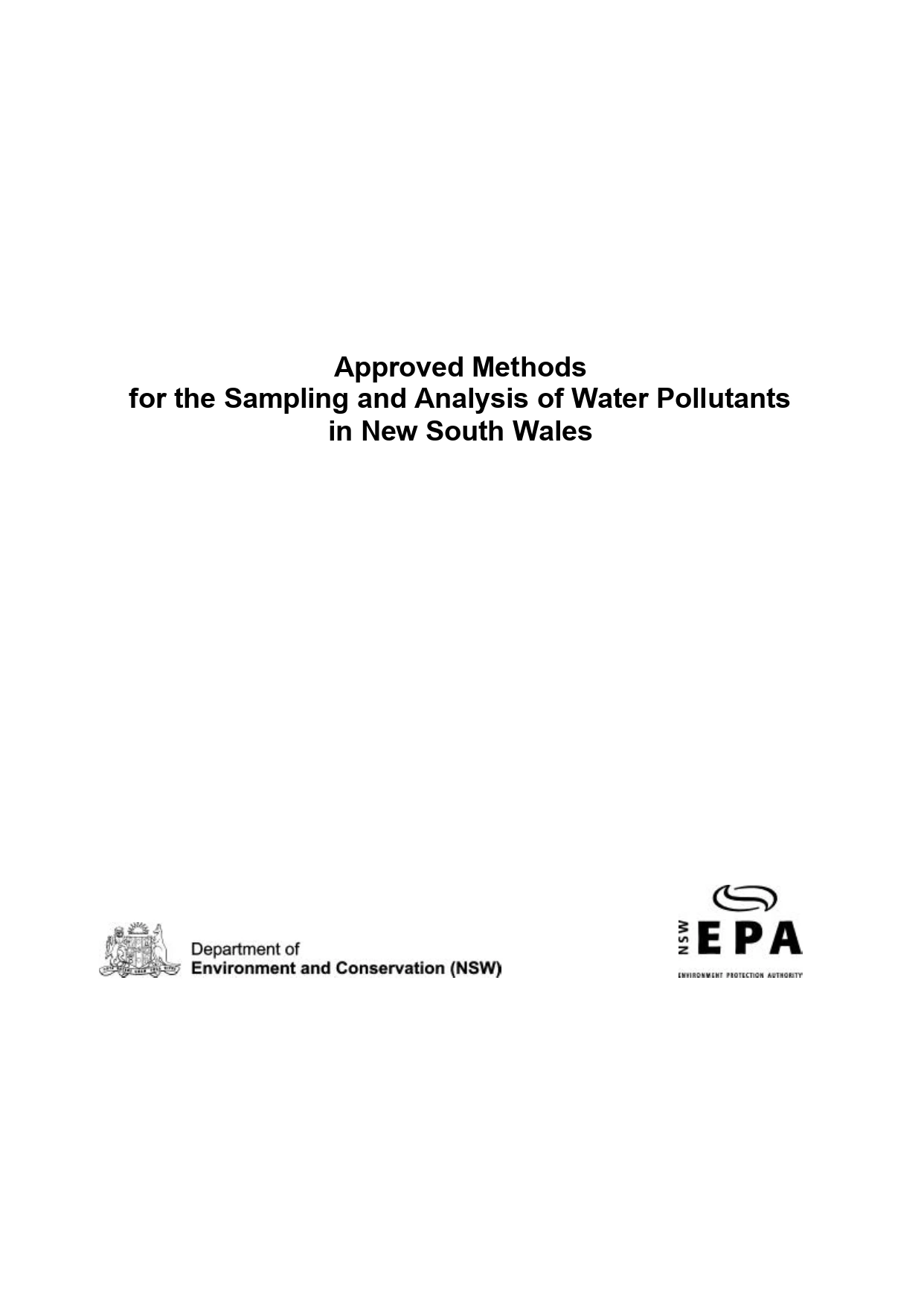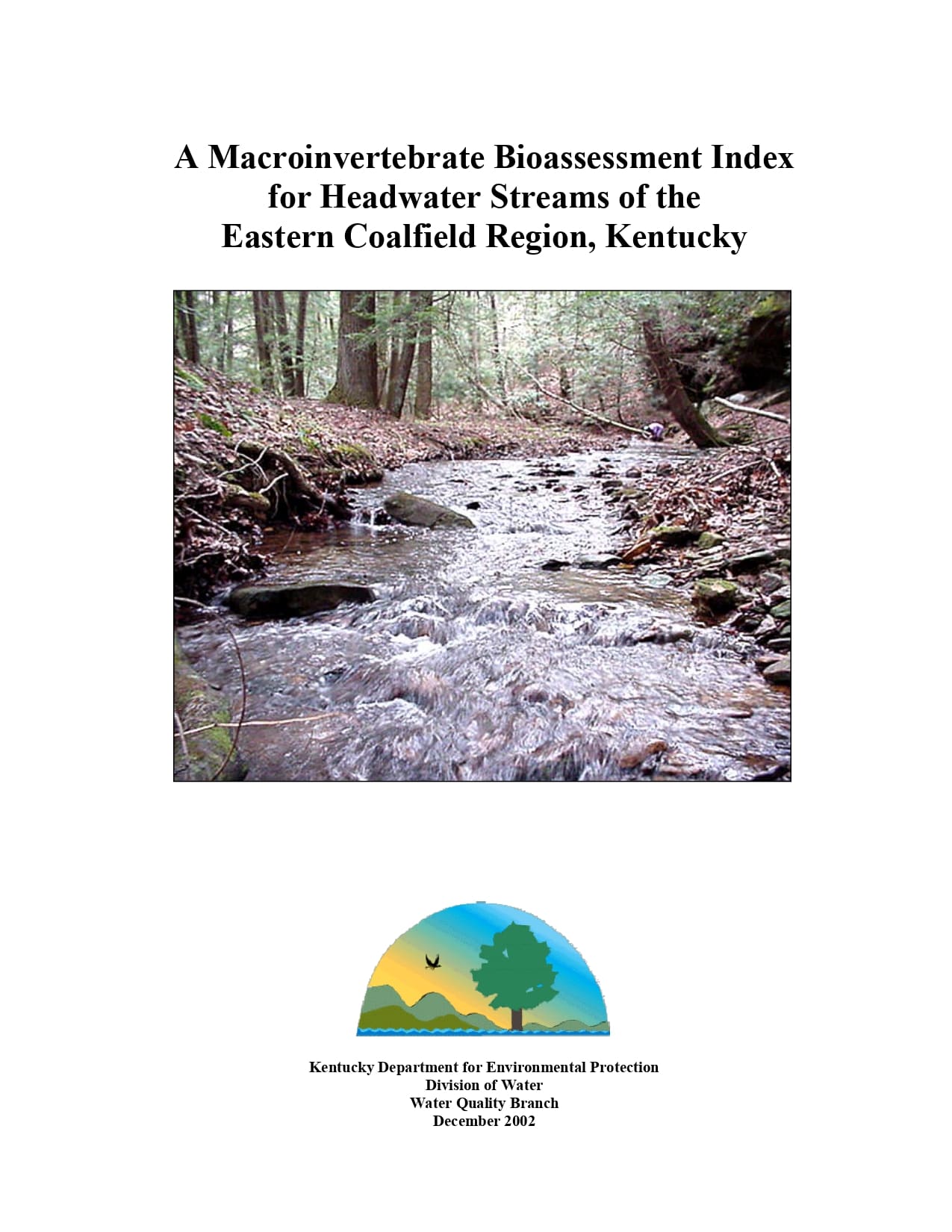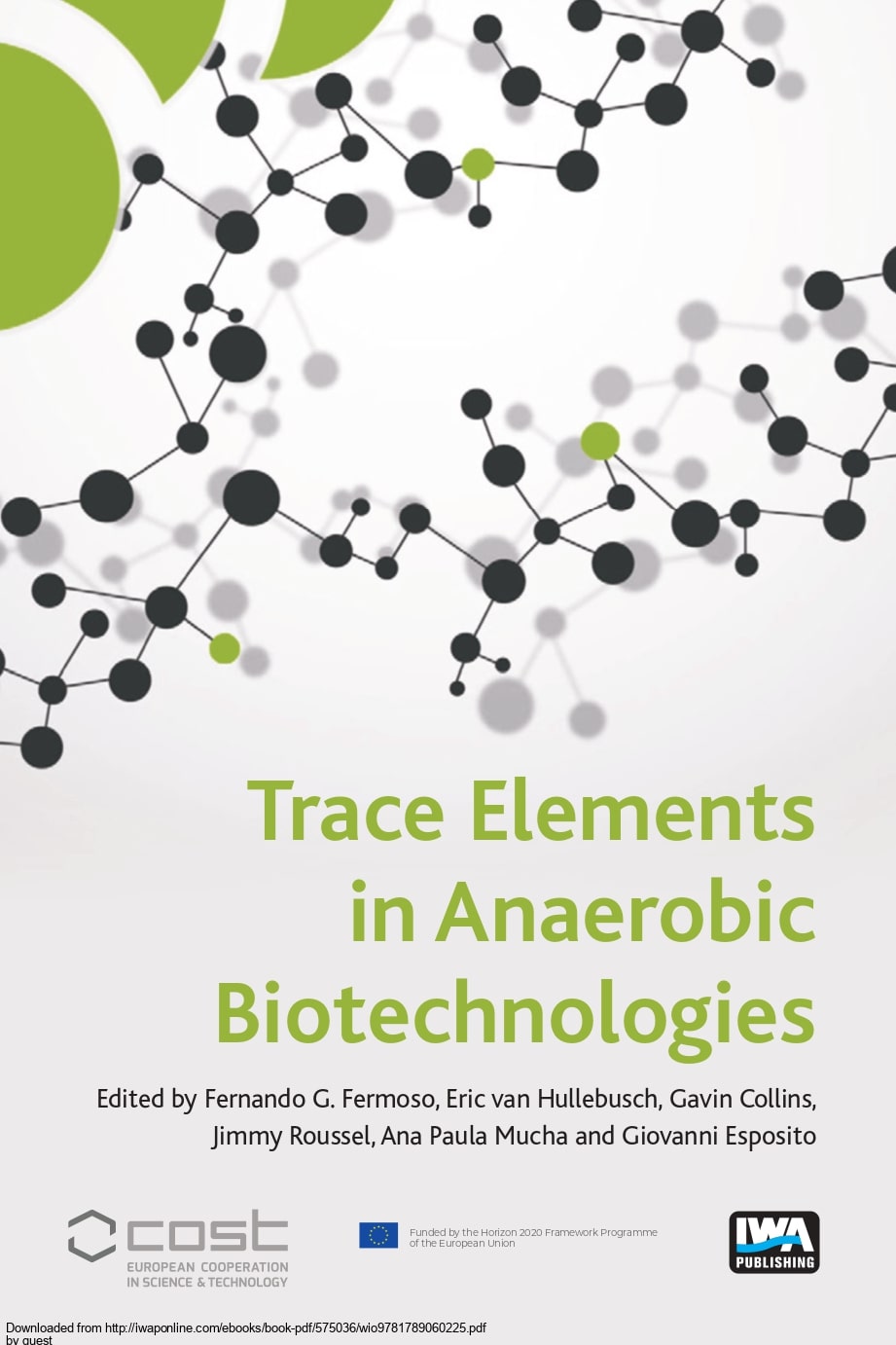Advances in Ecohydrology for Water Resources Optimization in Arid and Semi-Arid Areas
Abstract: Conserving water resources is a current challenge that will become increasingly urgent in future due to climate change.
Advances in Ecohydrology for Water Resources Optimization in Arid and Semi-Arid Areas
Abstract: Conserving water resources is a current challenge that will become increasingly urgent in future due to climate change.
Advanced Biopolymer-Based Nanocomposites and Hybrid Materials
Abstract: The development of efficient and environmentally-friendly nanomaterials to remove contaminants and pollutants (including harmful organic dyes) ravaging water sources is of major importance.
Advanced Biopolymer-Based Nanocomposites and Hybrid Materials
Abstract: The development of efficient and environmentally-friendly nanomaterials to remove contaminants and pollutants (including harmful organic dyes) ravaging water sources is of major importance.
Achievements and Prospects of Functional Pavement
Abstract: As one of the important parameters used in the analysis and design of subgrade, resilient modulus is directly related to the safety, economic and life time of subgrade structure.
Achievements and Prospects of Functional Pavement
Abstract: As one of the important parameters used in the analysis and design of subgrade, resilient modulus is directly related to the safety, economic and life time of subgrade structure.
“3D” Parametric and Nonparametric Description of Surface Topography in Manufacturing Processes
Surface topography has a profound influence on the function of a surface. In industrial practice, the geometric product specification is an important issue in multiple applications. The measurement and characterization of the geometric features of machined parts are important when trying to determine the functional properties of surfaces and also in the control of process parameters during manufacturing.
“3D” Parametric and Nonparametric Description of Surface Topography in Manufacturing Processes
Surface topography has a profound influence on the function of a surface. In industrial practice, the geometric product specification is an important issue in multiple applications. The measurement and characterization of the geometric features of machined parts are important when trying to determine the functional properties of surfaces and also in the control of process parameters during manufacturing.
Governance of Arctic Shipping
This book investigates how ocean changes and anthropogenic impacts affect our understanding of risk, policy, management and regulation for safe navigation, environment protection, conflict management between ocean uses, and protection of Indigenous peoples’ interests in Canadian Arctic waters.
Governance of Arctic Shipping
This book investigates how ocean changes and anthropogenic impacts affect our understanding of risk, policy, management and regulation for safe navigation, environment protection, conflict management between ocean uses, and protection of Indigenous peoples’ interests in Canadian Arctic waters.
2D Materials and Van der Waals Heterostructures
Introduction
The advent of graphene [1–3], and more recently of two-dimensional (2D) layered materials, has opened new perspectives in electronics, optoelectronics, energy generation, and sensing applications. Two-dimensional materials can be fabricated with relatively inexpensive production methods, integrated into existing semiconductor technologies, and offer new physical and chemical properties.
2D Materials and Van der Waals Heterostructures
Introduction
The advent of graphene [1–3], and more recently of two-dimensional (2D) layered materials, has opened new perspectives in electronics, optoelectronics, energy generation, and sensing applications. Two-dimensional materials can be fabricated with relatively inexpensive production methods, integrated into existing semiconductor technologies, and offer new physical and chemical properties.
Approved Methods for the Sampling and Analysis of Water Pollutants in New South Wales
This document lists the sampling and analysis methods to be used when complying with a requirement by, or under, the environment protection legislation, or a licence or notice under that legislation, to test for the presence or concentration of matter in water and the volume, depth and flow of water or wastewater.
Approved Methods for the Sampling and Analysis of Water Pollutants in New South Wales
This document lists the sampling and analysis methods to be used when complying with a requirement by, or under, the environment protection legislation, or a licence or notice under that legislation, to test for the presence or concentration of matter in water and the volume, depth and flow of water or wastewater.
A Macroinvertebrate Bioassessment Index for Headwater Streams of the Eastern Coalfield Region, Kentucky
Determining the ecological health of streams is a major focus of the various aquatic-monitoring programs in the Kentucky Division of Water (KDOW). This effort is mandated by the U.S. Envi[1]ronmental Protection Agency (EPA) under the Clean Water Act (CWA) and integrates the collec[1]tion of physical, chemical, and biological elements to assess water pollution. Since the turn of the century, aquatic organisms have been used extensively in water quality monitoring and impact as[1]sessment (reviewed by Cairns and Pratt 1993), and macroinvertebrate assemblages have proven to be useful in detecting even subtle changes in habitat and water quality. To accurately characterize patterns of stream degradation, impact assessment procedures must be based on sound ecological principles and the ability to feasibly measure the response of a macroinvertebrate community to disturbance.
A Macroinvertebrate Bioassessment Index for Headwater Streams of the Eastern Coalfield Region, Kentucky
Determining the ecological health of streams is a major focus of the various aquatic-monitoring programs in the Kentucky Division of Water (KDOW). This effort is mandated by the U.S. Envi[1]ronmental Protection Agency (EPA) under the Clean Water Act (CWA) and integrates the collec[1]tion of physical, chemical, and biological elements to assess water pollution. Since the turn of the century, aquatic organisms have been used extensively in water quality monitoring and impact as[1]sessment (reviewed by Cairns and Pratt 1993), and macroinvertebrate assemblages have proven to be useful in detecting even subtle changes in habitat and water quality. To accurately characterize patterns of stream degradation, impact assessment procedures must be based on sound ecological principles and the ability to feasibly measure the response of a macroinvertebrate community to disturbance.
Trace Elements in Anaerobic Biotechnologies
The use of trace elements to promote biogas production features prominently on the agenda for many biogas-producing companies. However, the application of the technique is often characterized by trial-and-error methodology due to the ambiguous and scarce basic knowledge on the impact of trace elements in anaerobic biotechnologies under different process conditions. This book describes and defines the broad landscape in the research area of trace elements in anaerobic biotechnologies, from the level of advanced chemistry and single microbial cells, through to engineering and bioreactor technology and to the fate of trace elements in the environment.
Trace Elements in Anaerobic Biotechnologies
The use of trace elements to promote biogas production features prominently on the agenda for many biogas-producing companies. However, the application of the technique is often characterized by trial-and-error methodology due to the ambiguous and scarce basic knowledge on the impact of trace elements in anaerobic biotechnologies under different process conditions. This book describes and defines the broad landscape in the research area of trace elements in anaerobic biotechnologies, from the level of advanced chemistry and single microbial cells, through to engineering and bioreactor technology and to the fate of trace elements in the environment.


